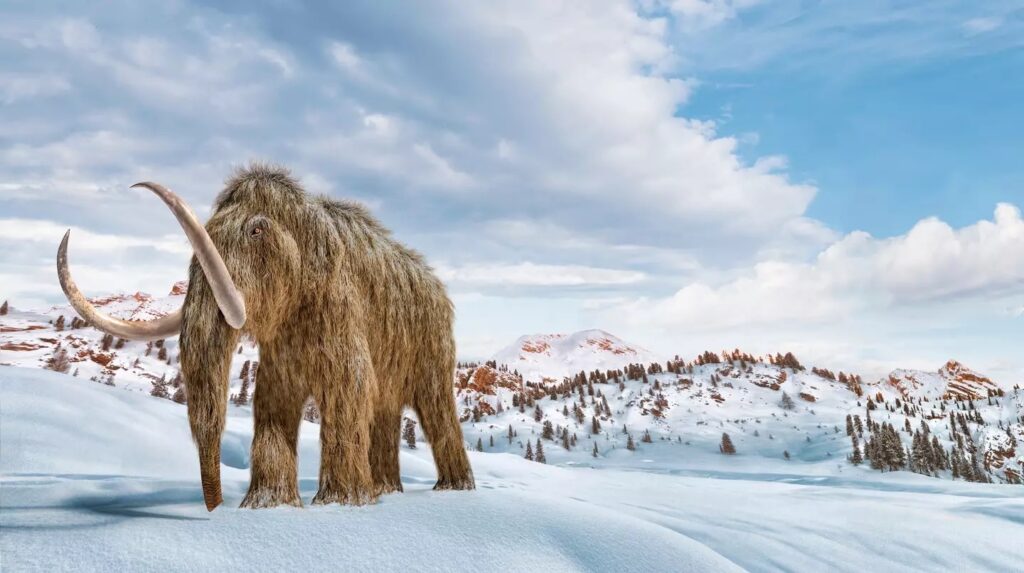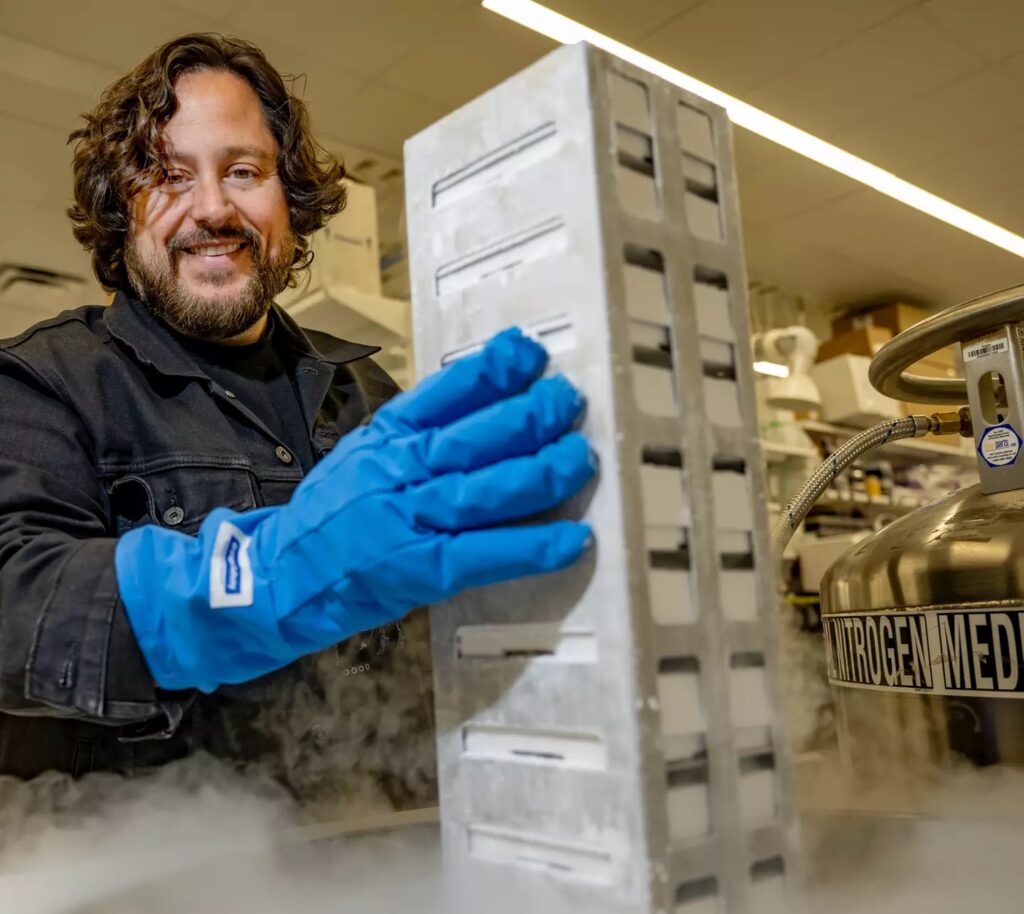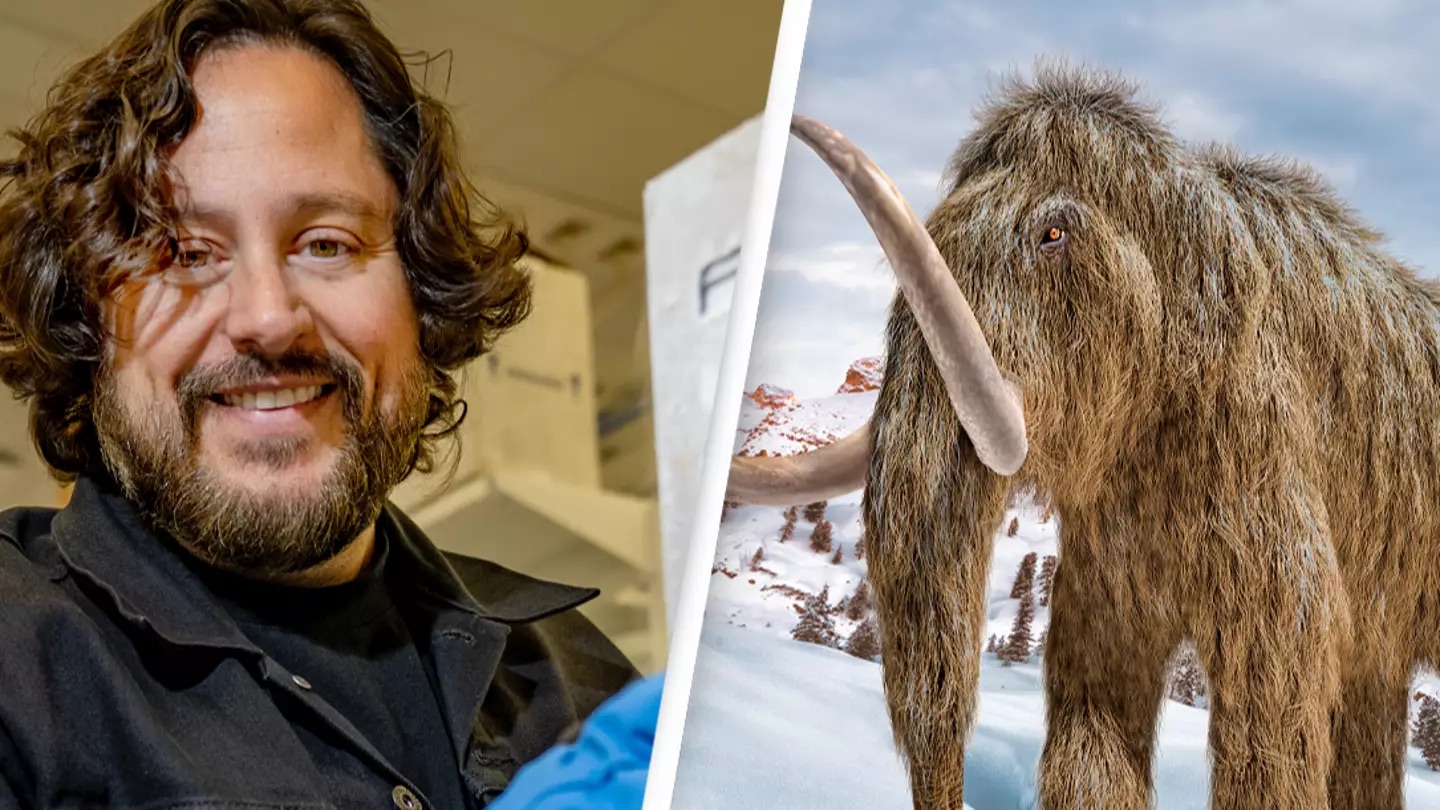A scientist involved in efforts to “de-extinct” the woolly mammoth has claimed it is “highly likely” that the species could make a return by 2028. The woolly mammoth, which last roamed the Earth 4,000 years ago, disappeared due to reasons still debated by experts. Some believe humans hunted them to extinction, while others argue that the mammoths were unable to adapt to the planet’s natural warming climate.

Despite ongoing debates about their extinction, one man believes he has discovered the key to reviving these ancient creatures. Ben Lamm, founder and CEO of Colossal Biosciences, is leading a biotechnology firm focused on ‘de-extinction’ research. The plan involves using Asian elephants as surrogates for mammoth fetuses, which will be created using replicated genes derived from DNA of closely related species.
Lamm is optimistic that his team is “on track for the mammoth by late 2028.” However, he doesn’t just aim to create one mammoth; he envisions repopulating the Earth with an entirely new herd.
In an interview with UNILAD, he stated, “It’s important to have sufficient engineered and genetic diversity to create interbreedable, sustainable herds, rather than just producing a number of clones. We need to be thoughtful in that process. The ultimate goal is to rewild the species in their natural habitats with enough genetic diversity to ensure sustainability without human management.”

Lamm acknowledges that some critics argue the current climate is “too hot” for mammoths to survive, but he sees this as a misunderstanding. He explains, “People often think of the movie Ice Age. While there were colder periods, significant interglacial phases were actually warmer than today.
“When you look at mammoths, especially various species like the Columbian mammoth, their distribution and migratory patterns were quite extensive. They thrived in very warm regions even during periods of global warming.”
The team at Colossal Biosciences includes 145 scientists, with 17 focused specifically on developing artificial wombs to aid in the revival of extinct animals.

After successfully reviving mammoths, Lamm plans to turn his attention to bringing back the dodo bird and the thylacine, also known as the Tasmanian tiger. He states, “I believe we have a moral obligation as a species to protect endangered species.
Every day, we play God when we cut down rainforests, hunt thylacines to extinction, and wipe out dodos. Early human activities and other anthropogenic factors contributed to the extinction of mammoths.
Therefore, I believe we have a responsibility to use technology to reverse the damage we’ve caused and address the extinction crisis. If we do nothing, projections indicate that we could lose up to 50 percent of all biodiversity by 2050, and that’s truly alarming.”
